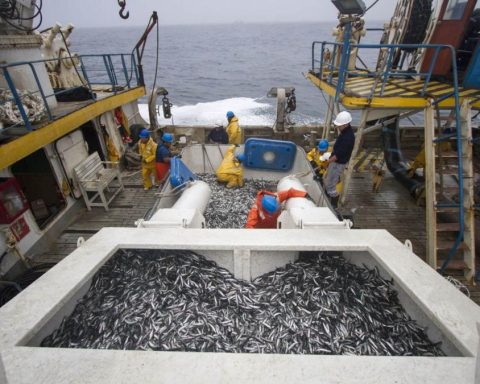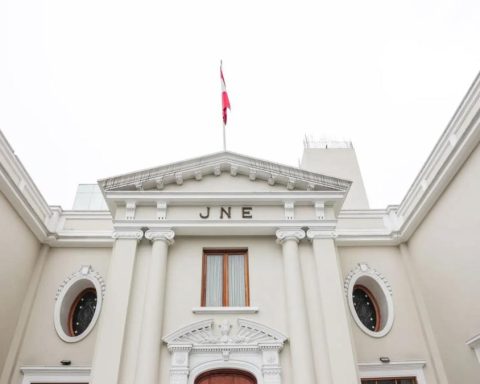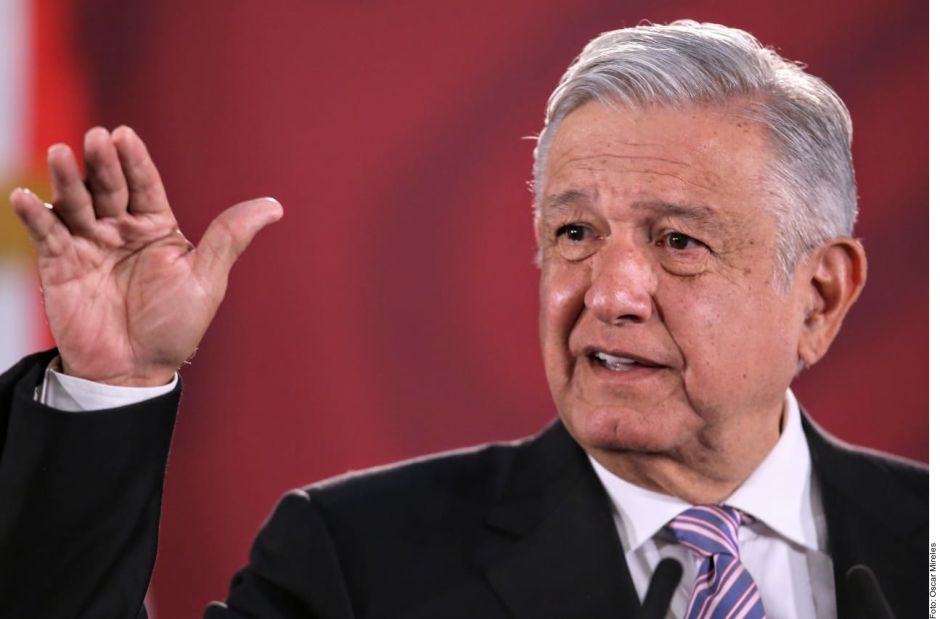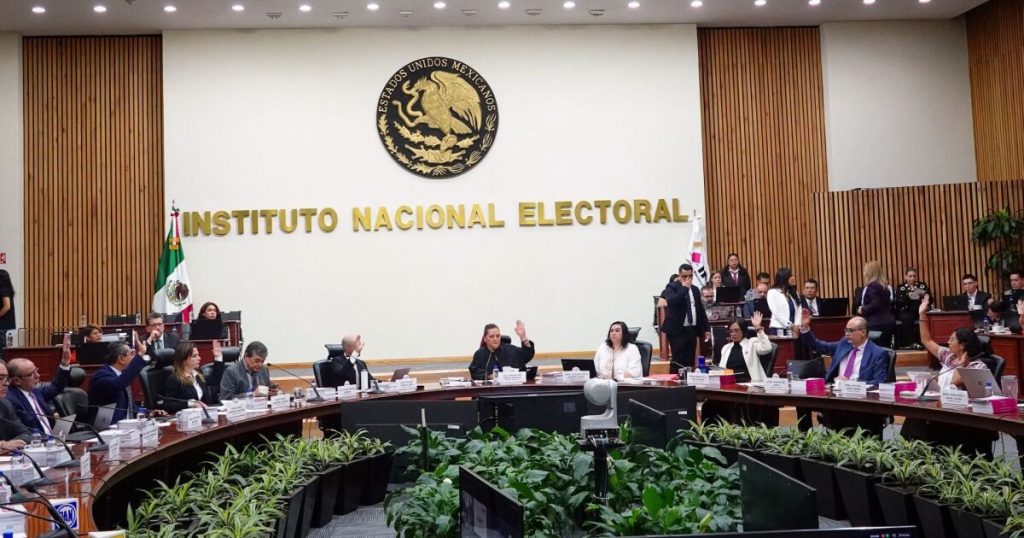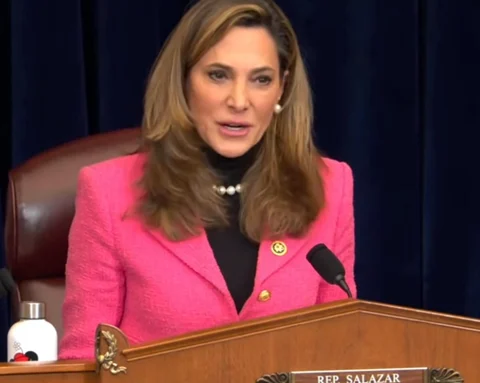Maria Martinez, BBVA Research
The first half of 2024 has been a period of high volatility in the equity markets. foreign exchange. Various changing factors, such as monetary policy expectations and movements, geopolitical tensions, local political developments and global macroeconomic conditionshave significantly influenced performance. In the end, there have been moderate depreciations in emerging currencies and, to a lesser extent, in the euro against the dollar since the beginning of the year.
The US currency has shown remarkable strength, driven by resilient economic growth and persistent inflation that has kept interest rates high for longer. The Federal Reserve (Fed) had paved the way to start cutting interest rates at the end of the first half of this year; however, it was forced to reconsider its decision when the economy accelerated again and the disinflation process stopped. In this context, rate spreads between various currencies and the Fed rates narrowed, as other central banks have started to reduce their rates, generating a differential favorable to the United States. In addition, increasing geopolitical risks further supported the value of the dollar due to its status as a safe haven asset.
A good example of the influence of these factors has been seen on this side of the Atlantic, where the euro’s movements in recent months have been guided mainly by swings in monetary policy expectations and their impact on interest rates. In April, the euro/dollar pair hit an annual low of 1.06, largely due to the fact that the outlook for monetary policy in the United States and the Eurozone diverged. Markets were anticipating fewer Fed rate cuts this year, while the European Central Bank (ECB) led the way in initiating cuts. Geopolitical tensions in the Middle East, as well as the recent political noise around the European and French elections, have also dragged the euro lower. Despite these challenges, the relatively stable global context has allowed for some strength in the euro/dollar pair.
Emerging currencies have also shown resilience. At the start of the year, these countries were expected to start cutting interest rates sharply, and so this expectation of lower rates had set emerging currencies up for underperformance in 2024. Currency resilience was largely helped by central banks being more cautious in their monetary easing cycles, and favourable rate spreads keeping carry trades going – a strategy that takes advantage of interest rate differences between countries to make profits.
For the remainder of the year, such trading is expected to remain attractive for EM currency investors due to still significant rate spreads and assuming low volatility. However, this attractiveness will diminish as EM central banks are expected to continue their rate-cutting cycles, with the Fed likely to begin a more moderate pace in September by tightening spreads relative to the US. These currencies are likely to continue to depreciate gradually and orderly in the latter part of 2024.
The euro/dollar pair is expected to have a challenging few months in the remainder of the year. The policies of both central banks will continue to be a determining factor. After the July meetings, the ECB is expected to continue with a gradual cycle of cuts over the next year and a half, with a somewhat more intense cycle by the Fed. Investors could start to discount this already this year, which would support the euro. On the other hand, economic policies will continue to play crucial roles in the cross. In particular, economic policy decisions in the United States following the presidential elections in November. In addition, geopolitical tensions and a slowdown in global growth would underpin the strength of the dollar in the short term due to the safe haven effect, representing downside risks for the euro and other emerging currencies. This could result in a more intense depreciation of these or a less pronounced appreciation of the euro in the coming months.

